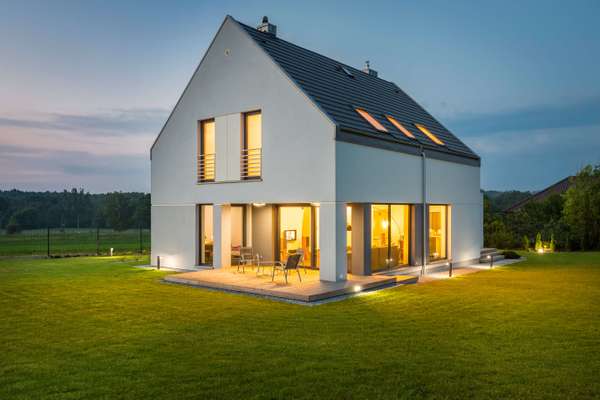
Is Sioux Falls, SD Affordable? A 2025 Cost of Living Breakdown
Imagine a city brimming with opportunity, friendly faces, and a vibrant community, all while offering a refreshing approach to your budget. That's the dream many envision when considering a move, and for good reason! We understand that finding the perfect place to call home goes far beyond charming

Clearer Searches and More Exposure: Big Changes Coming to the Sioux Empire Real Estate Market
Exciting news for anyone involved in the Sioux Empire real estate scene! Effective May 14th, the REALTOR® Association of the Sioux Empire (RASE) is rolling out some significant updates to how properties are listed on the MLS, and it’s designed to make the process smoother and more effective for ever

Bought a Home? Here's How to Stop the Flood of Junk Mail
Finding your dream home, navigating the closing process, and finally getting the keys – it's an exhilarating time! You're probably picturing quiet evenings, settling in, and enjoying your new space. What you might not be picturing is your mailbox suddenly overflowing with unsolicited offers for cred
Categories
- All Blogs (110)
- Achievements (2)
- BHGRE Life (51)
- Buyer Guides (16)
- Distinctive Life (17)
- First-Time Buyer Essentials (9)
- First-Time Seller Essentials (7)
- Home Trends (19)
- Lifestyle (32)
- Listings (11)
- Local Events (3)
- Luxury Lifestyle (18)
- Recipes (1)
- Seller Guides (14)
- Travel (4)
- Winter Decor Guides (4)
Recent Posts










